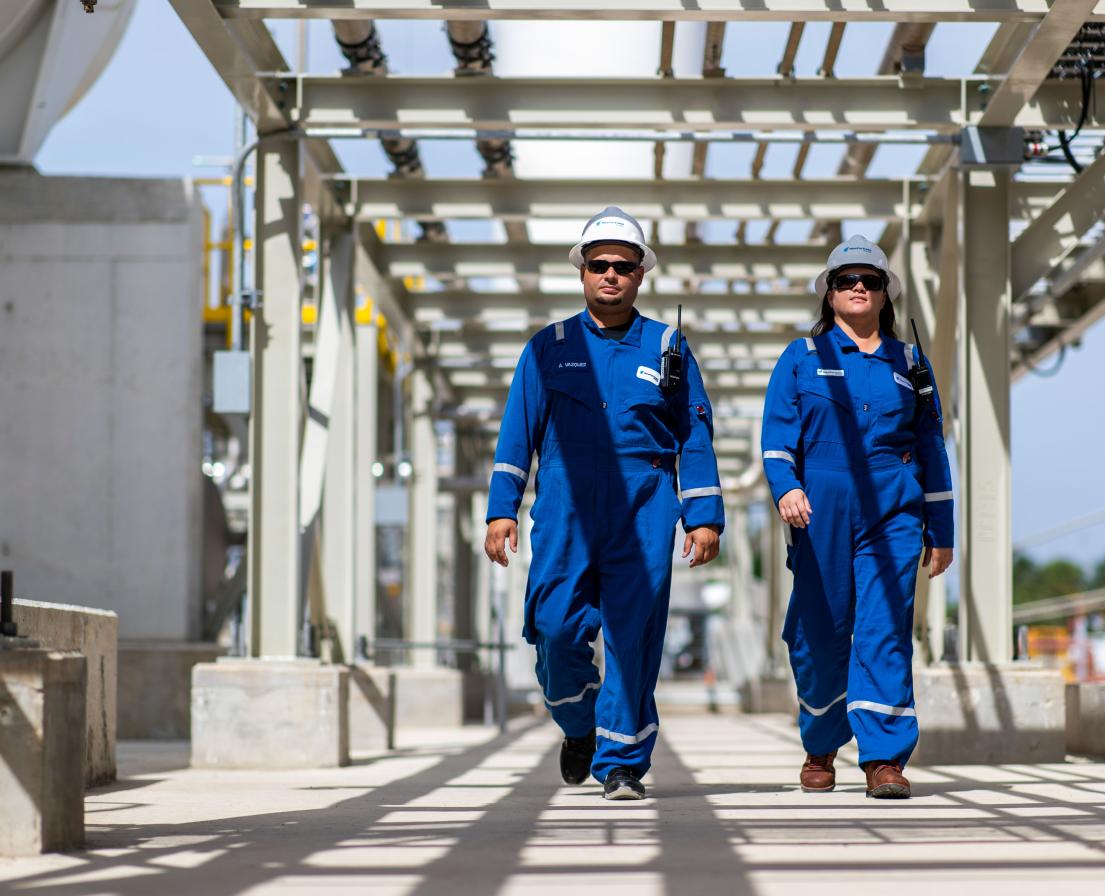Beyond electrolysis: other exciting advances in green hydrogen technology
HYDROGEN
Unlocking hydrogen's potential
Hydrogen, the most abundant element in the universe, has long been part of our energy landscape. So why is it captivating the world’s top brains right now? Because technological advances in hydrogen production show significant promise in making clean, green hydrogen a commercially viable energy option.
Since hydrogen is virtually never found on its own, you need to isolate it to unlock its potential. And how we choose to isolate hydrogen is vital to unleashing its power to decarbonize our world, spurring global innovation and progress.
Right now, more than 95 percent of hydrogen is produced using fossil fuels, generating greenhouse gas emissions. The good news: proven, scalable and commercial alternatives can produce hydrogen with ZERO greenhouse gas emissions. Electrolysis powered by renewable energy is clearly the most advanced green hydrogen production method, but there are a number of other research and technology developments worth keeping an eye on.
Here are just a few of the emerging technologies in the world of hydrogen. Any one of these could be the key to unlocking renewable hydrogen’s potential, enabling it to become a central part of disrupting the fossil fuel era and catalyzing a greener world.

Artificial Photosynthesis / Bionic Leaf
When we hear the word photosynthesis, most of us are transported back to 7th grade science class. But this chemical process—through which plants convert sunlight, the air we breathe, and water into oxygen and their own food—is arguably the planet’s most efficient power stream. Even better, it could be the inspiration for our collective energy breakthrough. If we can find a way to mimic nature’s ubiquitous photosynthesis process, we could generate zero-emission hydrogen fuel from sunlight.
Right now, top energy researchers from Caltech to the University of Michigan to Harvard are focused on finding efficient catalysts for the process to convert sunlight into completely clean energy—just by adding air and water. Photocatalytic water-splitting converts water into hydrogen and oxygen using a different light spectrum than what nature uses, so the efficiency is optimized.
As a result, scientists are creating an artificial photosynthesis solar fuel system that is 10 times more efficient than nature’s photosynthesis when using pure carbon dioxide.
Solar Catalyst
Just as a magnifying glass can start a fire, solar catalyst technology concentrates solar power. This method uses angled mirrors or solar panels that follow the sun throughout the day and then reflect that uber-concentrated light into a tower with a steam turbine, which harnesses the energy to split water and create hydrogen and oxygen.
Nanogalvanic Aluminum Powder
“Nanogalvanic” sounds quite technical, but it simply means something tiny that involves the production of electricity using a chemical reaction. When water (or any water-based fluid—even human saliva!) comes into contact with nanogalvanic aluminum-based powder, an immediate reaction splits the water to form hydrogen—no other catalyst needed. This novel powder is structurally stable, non-toxic, scalable, and easily transportable. According to the U.S. Army Research Lab, at the time of writing, 1 kg of powder can generate 4.4 kilowatt-hours of energy. On-demand hydrogen production may be possible!

Biomass Conversion
Another uncommon word, “biomass” refers to producing energy from organic materials such as forestry waste (wood scraps), agricultural crop residue (peanut shells), industrial organic waste, municipal sewage or animal waste. Biomass conversion could be a promising path forward for green hydrogen production.
This method converts biomass into gas or liquids and separates the hydrogen. More specifically, at temperatures exceeding 1292°F, the gasification process converts biomass without combustion. The waste is burned to heat the water, which creates steam, which spins a turbine, which powers a generator, which generates electricity. When combined with oxygen and steam, the reaction results in carbon monoxide, carbon dioxide, and hydrogen gas. To boost hydrogen yields, the process adds more steam to the resulting carbon monoxide to produce even more hydrogen and carbon dioxide.
Researchers are also looking into “photoreforming,” essentially converting both biomass and plastic waste into hydrogen, to address our plastic and carbon crisis in tandem. This involves adding a catalyst to the plastic waste and putting it into an alkaline solution, which produces hydrogen as well as small organic molecules.
There may be nothing new under the sun, but innovative methods of isolating our most fundamental element, hydrogen, just might be the energy breakthrough that could make a brighter world for every living creature on Earth.
